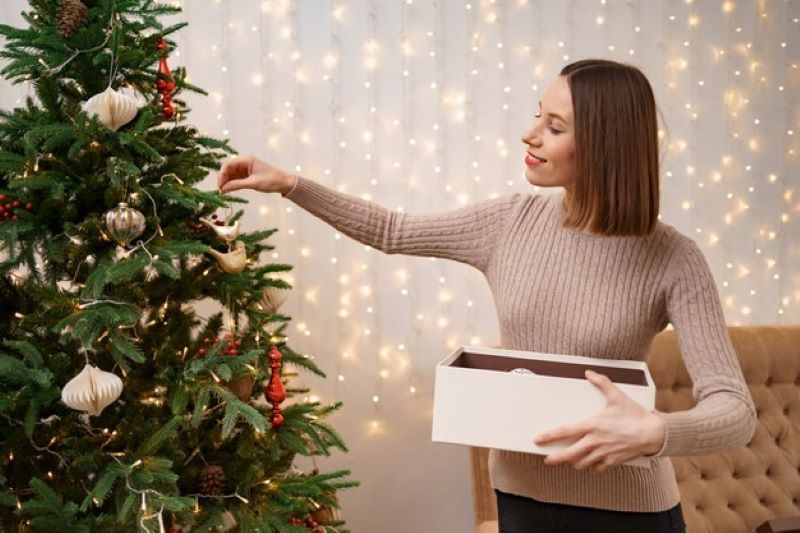Tips for Preserving the Quality and Fire Safety of Your Christmas Tree

The festive spirit can be amplified by the presence of a real Christmas tree in your home, thanks to the tree’s fragrant pine needles and the freshness of its cut appearance. But you need to take precautions to keep your tree alive and fire-free while it’s inside your house. A Christmas tree that has been adequately cared for and kept in good condition will not only last longer but also pose less of a fire hazard.
Reports from the National Fire Protection Association* state that
In the United States, Christmas trees were the cause of an average of 250 house fires per year between 2003 and 2007. On average, Christmas tree fires result in 14 fatalities, 26 injuries, and $13.8 million in direct property damage each year. An estimated one person per 18 Christmas tree-related fires dies in those fires.
The following are some excellent suggestions for maintaining the beauty of your tree and the security of your house over the holiday season.
Think ahead – It’s best to wait a day or two after Christmas to bring your tree inside. Put your tree in a pail of water and leave it outside for two days before bringing it inside. This will allow the tree to expand up naturally, reducing the risk that any candles, electrical outlets, or fireplaces may go too close to the tree’s branches once it’s brought inside. Also, the tree will look its best if given some time to fully open up and expand. When you come back to your house, immediately cut any remaining ropes or netting.
Do your best to stay hydrated. In order to maintain its freshness and vigor throughout the holiday season, a Christmas tree needs to be well watered and kept moist. To keep the tree healthy, make sure there is always sufficient of water at its base. Many people also fill spray bottles with water and mist the tree to prevent it from drying out. At the very least once every day, and only when the Christmas tree lights are out and unplugged, you should mist your tree with room temperature water. If you spray your tree every day, you can lessen the severity of the dryness, stop an excessive loss of needles, and make the tree more resistant to fire. In order to prevent the air around the tree from drying out, some individuals who have humidifiers leave them running in the room where the tree is located.
Disposing of Your Tree Properly
Avoid overloading the electrical outlets, as this is the cause of many Christmas tree fires. Lights should be connected to the tree in accordance with the manufacturer’s instructions, and more sets should not be added than are specified. If you need to connect many sets of lights without overloading a single outlet, use a power strip. When leaving the room or going to sleep, make sure the lights are turned off at the wall. Because you might not be home when the timer is supposed to turn on, you shouldn’t use it to illuminate your Christmas tree.
Don’t put your Christmas tree near a fire source like a stove or fireplace, and don’t use candles. Although the classic lit candle holders would look lovely on a Christmas tree, they pose a significant fire hazard and should not be utilized. Think about using safe flame candles instead. Keep your tree in a cool, dimly lit place and away from any open flames.